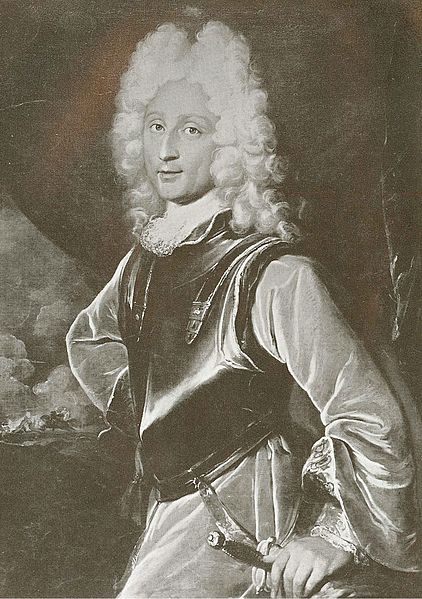The Faesch family, also spelled Fesch, is a prominent Swiss, French, Belgian, Corsican and Italian noble family, originally a patrician family of Basel. Known since the early 15th century, the family received a confirmation of nobility from the Holy Roman Emperor in 1563. It was continuously represented in the governing bodies of the city-republic of Basel for centuries, and three members served as Burgomasters, i.e. heads of state, namely Remigius Faesch (1541–1610), Johann Rudolf Faesch (1572–1659) and Johann Rudolf Faesch (1680–1762). The family was at times the richest family of Basel, and its rise was partially the result of clever marriage policies.
Goldsmith Hans Rudolf Faesch (1510–1564) and his family, painted in 1559 by Hans Hug Kluber (Kunstmuseum Basel). He received a confirmation of nobility from Ferdinand I, Holy Roman Emperor in 1563.
The Fesch Palace in Ajaccio, today the Musée Fesch
Cardinal Joseph Fesch, Prince of France
Johann Rudolf Faesch (1680–1762), Burgomaster of Basel
Joseph Cardinal Fesch, Prince of the Empire was a French priest and diplomat, who was the maternal half-uncle of Napoleon Bonaparte. In the wake of his nephew, he became Archbishop of Lyon and cardinal. He was also one of the most famous art collectors of his period, remembered for having established the Musée Fesch in Ajaccio, which remains one of the most important Napoleonic collections of art.
Cardinal Fesch by Charles Meynier, 1806
Cardinal Joseph Fesch.
Palais Fesch, Ajaccio, now houses the Musée Fesch







